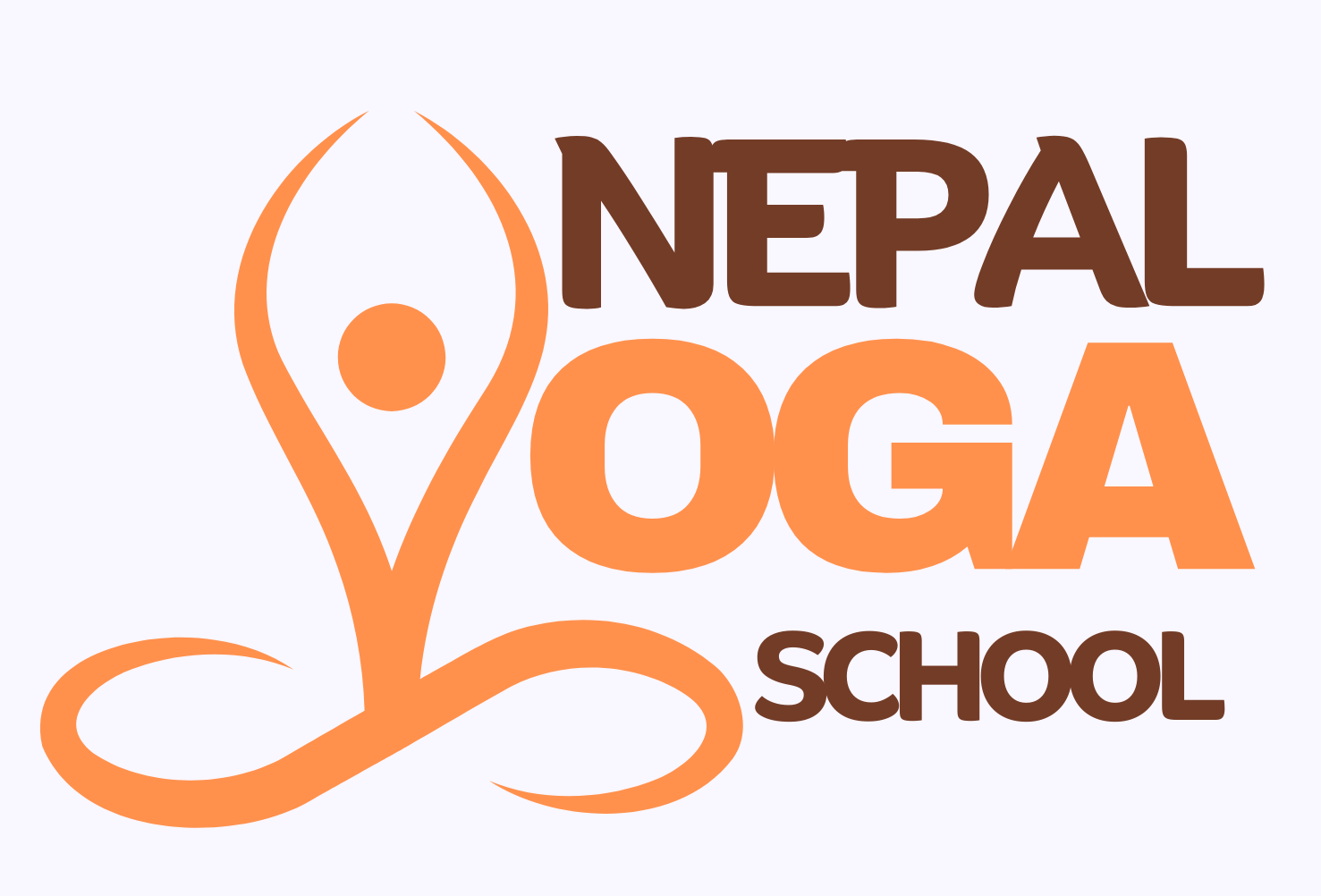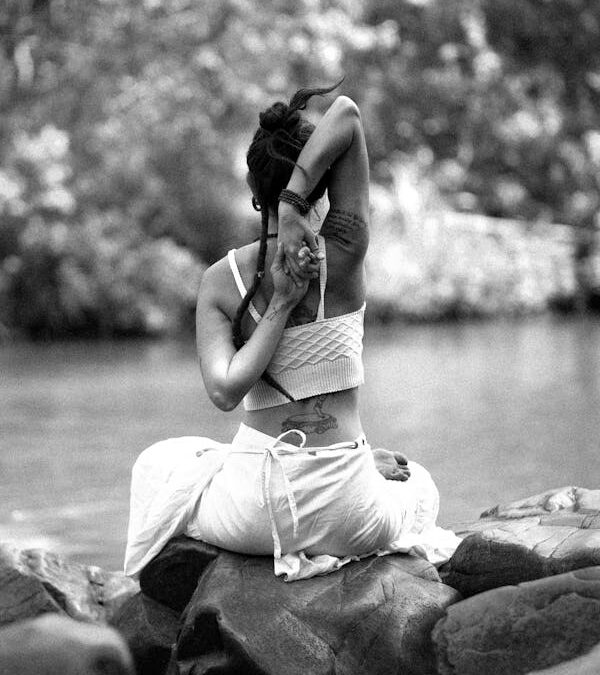Introduction
Yoga has grown a lot of popularity in the years for it has a lot of mental and physical benefits. Also, the fact that there are lots of Yoga poses for beginners. Not only across a few oceans but also in Eastern countries and all over the world, Yoga has carried its significance though it originated from ancient India (present Nepal and India merged).
The thing about Yoga is that though Yoga seems as if it is quite difficult to follow, with proper guidance and proper techniques, one can easily practice it. It is not necessary to be a master Yogi and someone who wants to practice can very easily walk through, with the proper instructions and guidelines of Yoga poses for beginners. The practice itself does not have a lot of cautions while doing it but it also doesn’t hurt to be careful as there are always chances of doing it a little improperly and might do some dislocations in bones or fractures.
Tadasana (Mountain Pose)
This is one of most fundamental Yoga poses for beginners which teaches you to stand firmly and mighty like a mountain. The name Tadasana originates from the word “Tada,” which implies a mountain. The foundational stance for all standing poses, the mountain pose strengthens the main muscular groups and enhances attention and concentration. Although this position appears to be “simply standing,” there is a lot happening.
Standing with your toes together and heels slightly apart, hang your arms beside your torso. Distribute your weight equally across your feet and spread your toes. Your thigh muscles should be firm and rotated inward. Roll your shoulders back and down while keeping them relaxed. Lengthening your torso during the inhale, release your shoulder blades from your head during the exhale. You can also lay your hands at your sides or in front of your chest in the pose of prayer. Breathe in slowly, deeply, and slowly.
Tree Pose (Vrikshasana)
Beginners may practice tree standing balance to enhance their clarity and focus, as well as learn how to breathe and maintain body balance on one foot. It replicates a tree’s stable posture.This position tests your stability and is great for developing better coordination and balance.
To get into the stance, bring both of your feet together and stand tall. Raise your arms to the sky and make contact with your palms just over your head. Bring your knee forward to 90-degree angle, both at the same time though. Then, twist your hips and plant the bottom of your foot on the inside of the other leg. Remember to breathe, keep your balance, and keep your posture straight. If you find this position a bit unstable, there is always an option of standing with your back pressed up against a wall. Vrikshasana is included in Yoga poses for beginners but to balance can be quite a task.
Downward-Facing Dog (Adho Mukha Svanasana)
In lots of Yoga poses for beginners, one of the poses is downward dog, which stretches and strengthens the entire body. It is generally the first pose you learn when you start practicing yoga. It serves as a resting position as well as a transitional stance.
On your hands and knees, descend to the ground. Knees should be below hip level and hands should be somewhat forward of shoulders.Grasp your mat with both hands, pressing your thumb and index finger into it. Let out a breath and raise your knees off the ground while extending your butt upwards. Try to keep your legs as straight as possible, and softly press your heels into the ground. With your backs flat, position your head between your arms and face your legs. Try to hold for 10 to 15 breaths.
Raise your hands off the floor and rest them on a pair of blocks or the seat of a metal folding chair if you are having trouble expanding and releasing your shoulders in this position.
Seated Forward Fold ( Paschimottanasana )
Seated front bend is an ideal yoga pose to start opening up the body and learning to breathe through tough positions. It’s crucial to incorporate a forward bend in your practice to stretch the hamstrings, lower and upper back and sides.
With your legs out in front of you and your buttocks propped up on a folded blanket, take a seat on the floor. Inhale, lift your hands above your head, and extend. Reach forward with your arms to grab your feet. Exert your lower abdominal muscles, lift your chest, and visualize your belly button rising towards the top of your thighs. Take ten deep breaths to hold the position, then release it slowly by inhaling.
You should back off if you experience any sudden, intense discomfort; however, if you fold forward and can still breathe, you will begin to gradually release the tension and become more relaxed. As long as your feet remain flexed and together, you can easily maintain the pose with your knees bent.
Child’s Pose ( Balasana )
We all need a good resting pose, and a child’s pose is a great one for beginners as well as experienced yoga practitioners of all levels. It is a gentle resting pose that stretches the hips, thighs, and legs while calming the mind and relieving stress and tension. It is a wonderful stretch for your upper and lower back.
With your hands put together, place your big toes on the floor, sit on your heels, and spread your knees so they are about the width of your hips. Breathe out, place your forehead on the mat, rest your arms by your sides, palms facing up close to your feet, and hold the pose for five to ten breaths. To stand up, extend your front body first, then breathe in and gently release back.
This is also a great pose for pregnant women. If uncomfortable, place a blanket or a cushion under hips, knees, or head.
Cat-Cow Pose (Bidalasana)
This pose is excellent for back mobility and challenges your vertebrae to move in a fluid, but controlled way. Imagine each one of your vertebrae bending one at a time when you initiate each phase of the movement.
Form a tabletop position while kneeling, placing your hands shoulder-width apart and your knees hip-distance apart exactly behind your hips. Breathe in and raise your head and chest to the heavens, lowering your abdomen to the floor and arching your back into a cow stance. Then, as you exhale, release your breath, tuck your stomach in, and arch your back into a cat stance. As you alternate between these two poses as much as you’d like, feel your neck and spine extend in both directions. You are welcome to take deep, quiet breaths and gently rotate your hips, shoulders, or head in a circular manner.
Conclusion
As the proverb goes ” Better late than never”, might sound a bit cliched but do speak facts. The given poses are the one a beginner must try. So, get your Yoga mat and practice these without any hesitations and be careful as there are always chances of things somewhere going wrong.

